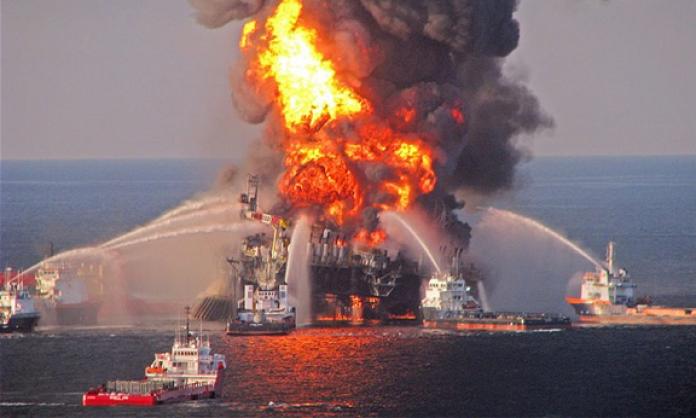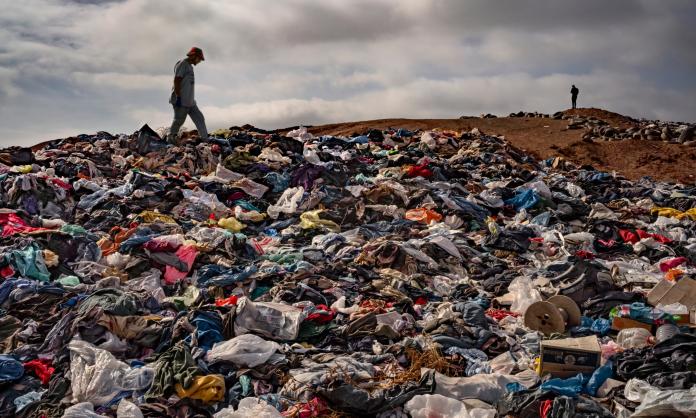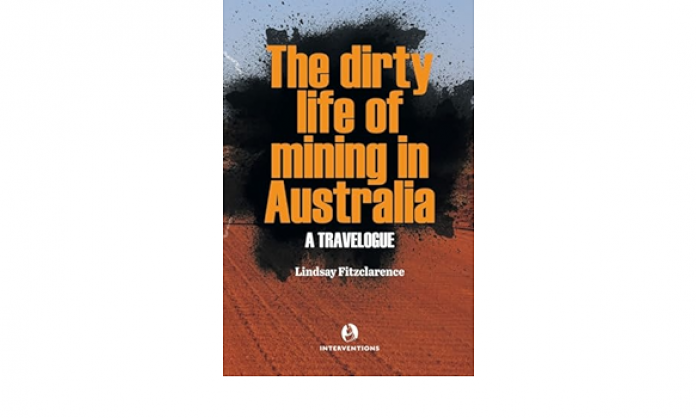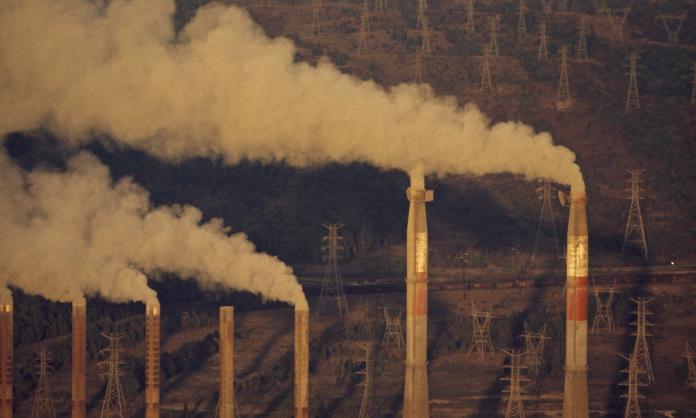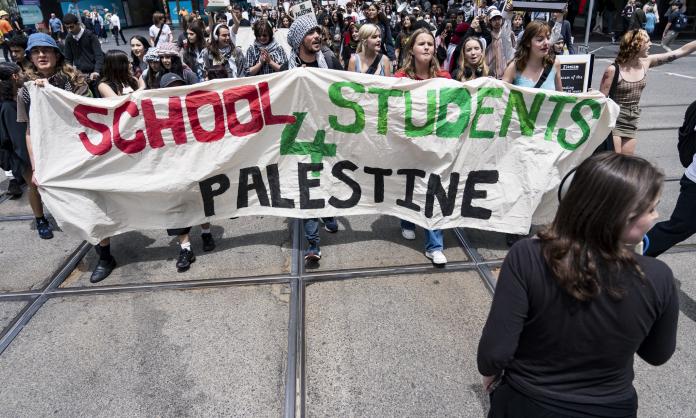British-based global energy giant BP is pushing for government approval to drill for oil in a marine reserve in the Great Australian Bight. The company is one of a number of firms with permits to explore the area, which is estimated by industry analyst Wood Mackenzie to contain up to 1.9 billion barrels of oil, worth US$97 billion at today’s prices.
BP proposes, initially, to establish two exploration wells in water up to 2km deep. To date, however, it has failed to convince the government regulator – the National Offshore Petroleum Safety and Environmental Management Authority – that it has adequate plans in place to deal with any potential spill.
Given BP’s track record, you’d think it would be an expert. The release of the true-life action blockbuster Deepwater Horizon provides a timely reminder of its recent record in this area.
The Deepwater Horizon spill was the world’s worst oil disaster – so far. The spill began on 20 April 2010 with an oil blow-out on a rig in the Gulf of Mexico. The blow-out triggered an explosion that killed 11 workers and caused the entire rig to sink, leaving oil spewing from the untapped well for 87 days.
In total, 800 million litres of oil were released. As the Wilderness Society’s South Australian director Peter Owen told the Guardian: “Only about 25 percent of the oil was recovered, leaving half a billion litres of oil in the gulf. Millions of litres of toxic oil dispersants were sprayed into the gulf’s waters. The spill and clean-up killed millions of fish, an estimated 800,000 birds and 75,000 dolphins and whales”.
BP’s own modelling, released following pressure from environmentalists, suggests the consequences of a similar accident in the Bight could be more devastating. The Deepwater Horizon rig was operating in one of the most developed oil producing regions in the world. The resources and technology required to get the spill under control were much closer to hand than they would be for a rig in the Southern Ocean. More than 6,000 boats, 100 aircraft, 45,000 workers and 17,500 National Guard troops were deployed – yet it still took 87 days to stop the flow.
According to BP, in the worst case scenario it could take 149 days to control a spill in the Bight. During this time, oil would likely spread across a vast swathe of Australia’s southern coastline. Depending on the time of year, the modelling suggests a 64 percent chance of the slick reaching Esperance in Western Australia and a 41 percent chance of it stretching to the NSW south coast.
BP admits that one of the main mechanisms for containing the Deepwater Horizon spill – the use of floating booms and oil skimmers – would be of “limited effectiveness” in the much rougher waters of the Bight.
BP claims to have learnt its lessons. But there’s no indication that anything much has changed. In early October, around 95 tonnes of oil leaked from a BP platform into the North Sea. The company has done nothing to contain the spill, saying the oil is moving away from land and will eventually disperse naturally.
The company’s push into the Great Australian Bight is driven by intensifying industry competition. As reported in the Financial Times, “BP has underperformed other oil majors in terms of booking new oil reserves over the past three years and is under pressure to find new resources”.
We live in a system in which big business profits are valued more highly than human life and the environment. That’s why, despite the clear case against drilling in the Great Australian Bight, it’s still possible that BP’s proposal will gain approval when it is considered again by the government regulator in late October.




